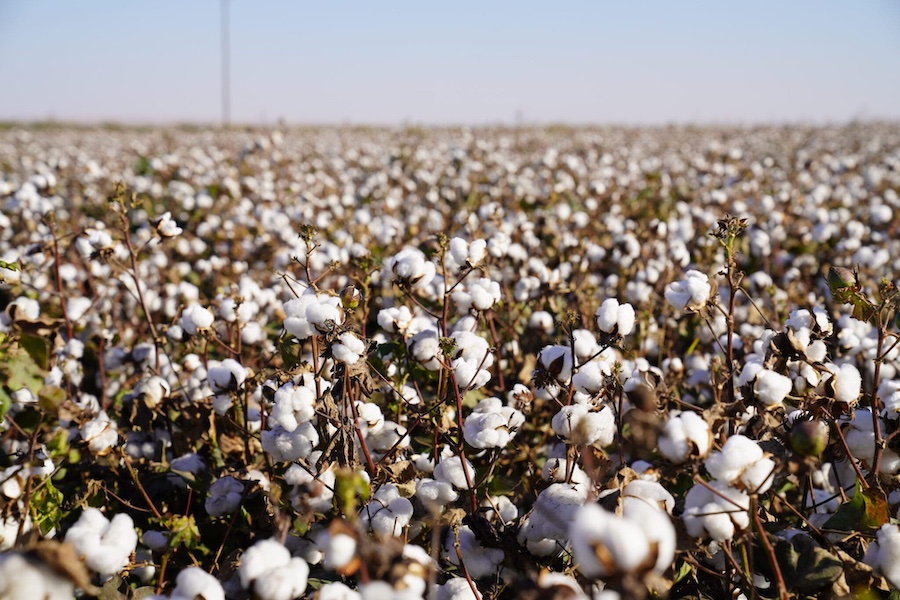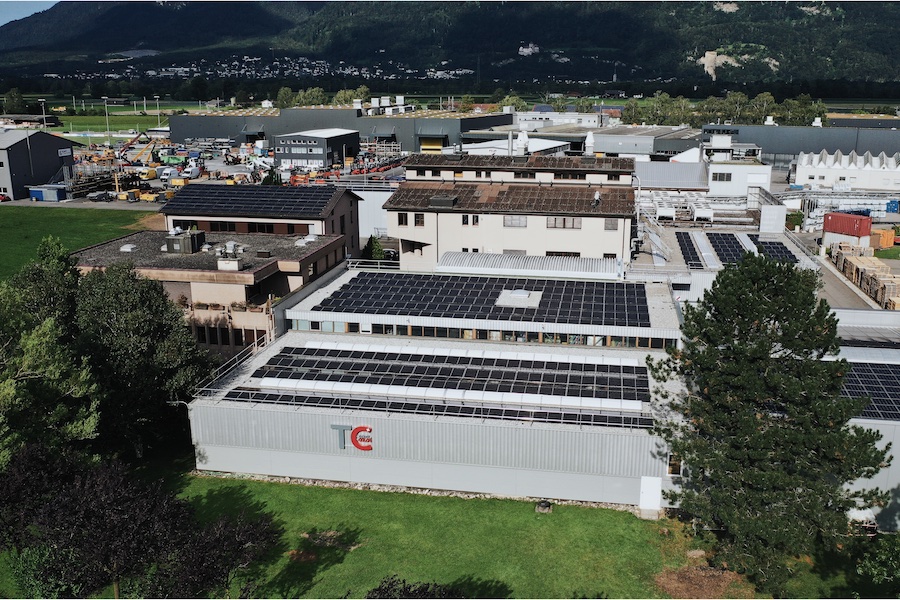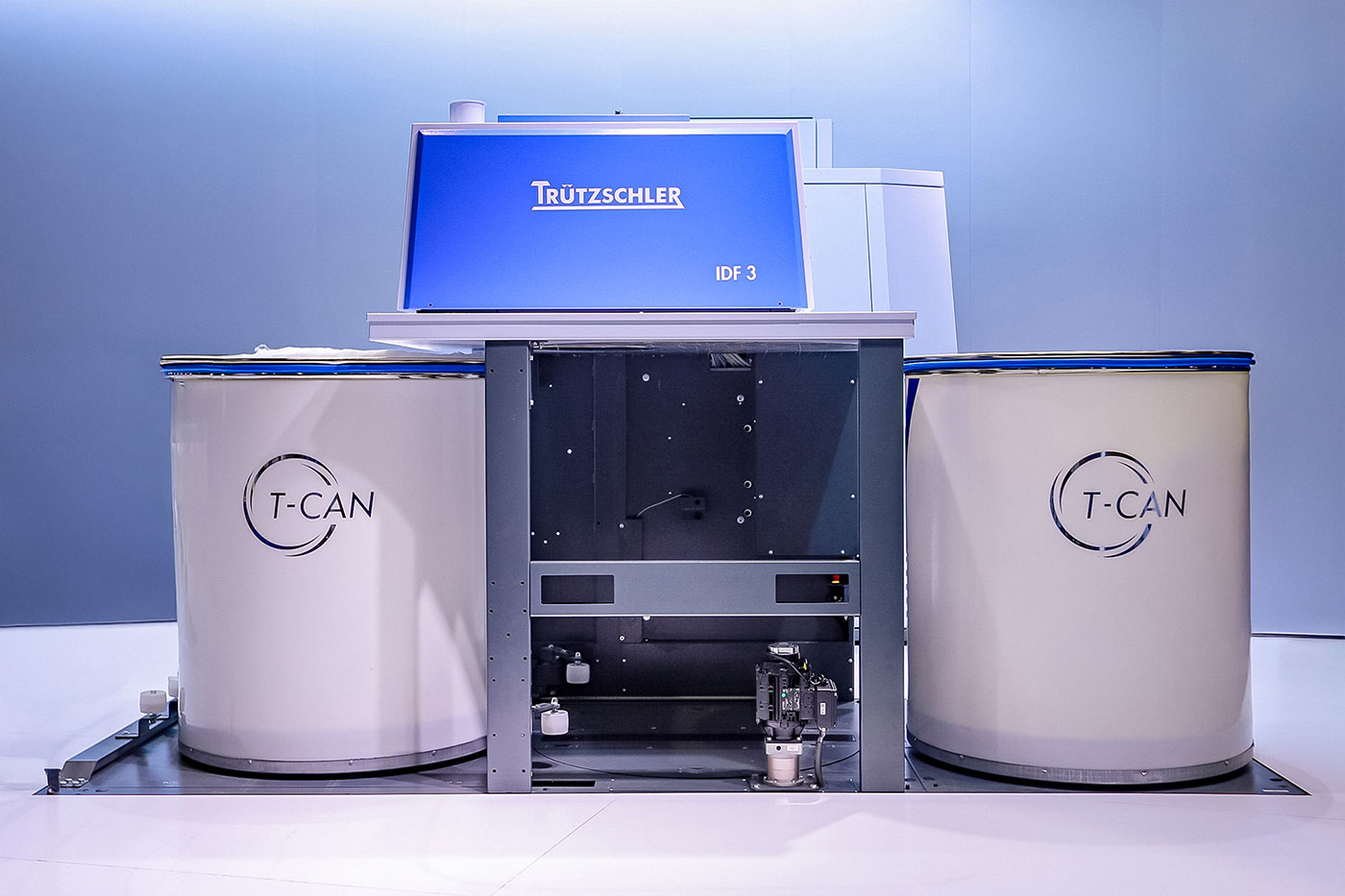#Raw Materials
Executive cotton update March 2023
U.S. Macroeconomic Indicators & the Cotton Supply Chain
Rising wages can also support growth in consumer spending. Along with savings accumulated with the stimulus released after the pandemic, recent increases in income likely contributed to the strength in consumer spending in recent years. Consumer spending on clothing has been relatively flat since the first quarter of 2021. Still, it remains at a level nearly 25% higher than it was in 2019 (over the longer term, the average rate of growth in consumer spending on apparel is around two percent, so current spending levels are likely higher with the pandemic and stimulus than they would have been under more normal conditions).
Nonetheless, rates of growth for wages have not been keeping up with overall inflation since June 2021. This has had several implications for consumers. One is that savings rates have plummeted. After the financial crisis and before COVID, savings rates fluctuated between five and ten percent. In the aftermath of COVID, and with stimulus payments, saving rates climbed to record levels, forming one peak of over 33% in April 2020 and another of over 25% in March 2021. Since then, the savings rate has moved sharply lower. Savings rates have been below five percent since the start of the 2022 calendar year, and there have been months when the savings rate was less than three percent.
Consumers may still be holding on to savings accumulated during the pandemic, but with wage growth slower than inflation, those savings are being drawn down to support spending. Further evidence of this comes from data from Federal Reserve regarding credit card debt. After declining -11.2% in 2020, the volume of revolving debt tracked by the central bank, which is primarily for credit cards, increased by 15.5% in 2022 (growth was 6.9% in 2021, and it was near 4.5% in 2018 and 2019). In recent earnings reports, several of the largest U.S. retailers voiced concern about the trajectory of consumer spending given stubborn inflation and rising interest rates. However, was not a shortage of forecasts released over the past year that suggested the U.S. would already be in a recession, and a sharp contraction has yet to surface. Uncertainty persists about whether a more severe downturn may be coming. In one corner, there is the resilient labor market. In the other corner, there is stubborn inflation and rising interest rates.
Employment
The U.S. economy is estimated to added +311,000 jobs in February. Revisions to figures for previous months were negative, with the value for December falling -21,000 to +239,000 and the value for January falling -13,000 to +504,000. The current twelve-month average is +362,000 jobs per month.
The unemployment rate increased from 3.4% to 3.6% between January and February and remains very low by historical standards. Part of the reason for the increase in the unemployment rate in February was the entry of 419,000 workers into the economy. The labor force participation rate (percentage of the population wanting to work) has been moving higher and is approaching levels before COVID (the ratio was near 62.7% before COVID, it fell as low as 60.1% with the onset of the pandemic and was 62.5% in February).
Wage growth has slowed. Average hourly wages have been trending downward since March 2022, when they reached a postoutbreak peak of 5.9% growth year-over-year. All the readings since October have been below five percent, with values for the latest two months (January and February) near 4.5%.
Consumer Confidence & Spending
The Conference Board’s Index of Consumer Confidence decreased for the second consecutive month in February. The current value is 102.9. In December, the value was 109.0, which was the second-highest value posted in 2022. After the first quarter, values in 2021 ranged between 110 and 130.
Overall consumer spending increased 1.1% month-over-month in January and was up 2.4% year-over-year. This was the strongest rate of month-over-month growth in total spending since March 2021. Spending on garments was up 3.0% month-over-month and was up 3.2% year-over-year
Consumer Prices & Import Data
Retail prices for apparel increased 1.0% month-over-month in January. Year-over-year, the CPI for clothing was up 3.7%. Average import costs per square-meter equivalent (SME) of cotton-dominant apparel were $4.18 in seasonally-adjusted terms in January. This is well-above levels before the pandemic (averaged $3.36/SME in 2018 and $3.45/SM in 2019) and significantly higher than the post-COVID low marked in March 2021 ($2.99/SME).
View the full report and chart:
https://www.cottonworks.com/wp-content/uploads/2023/03/Executive-Cotton-Update-March-2023.pdf















